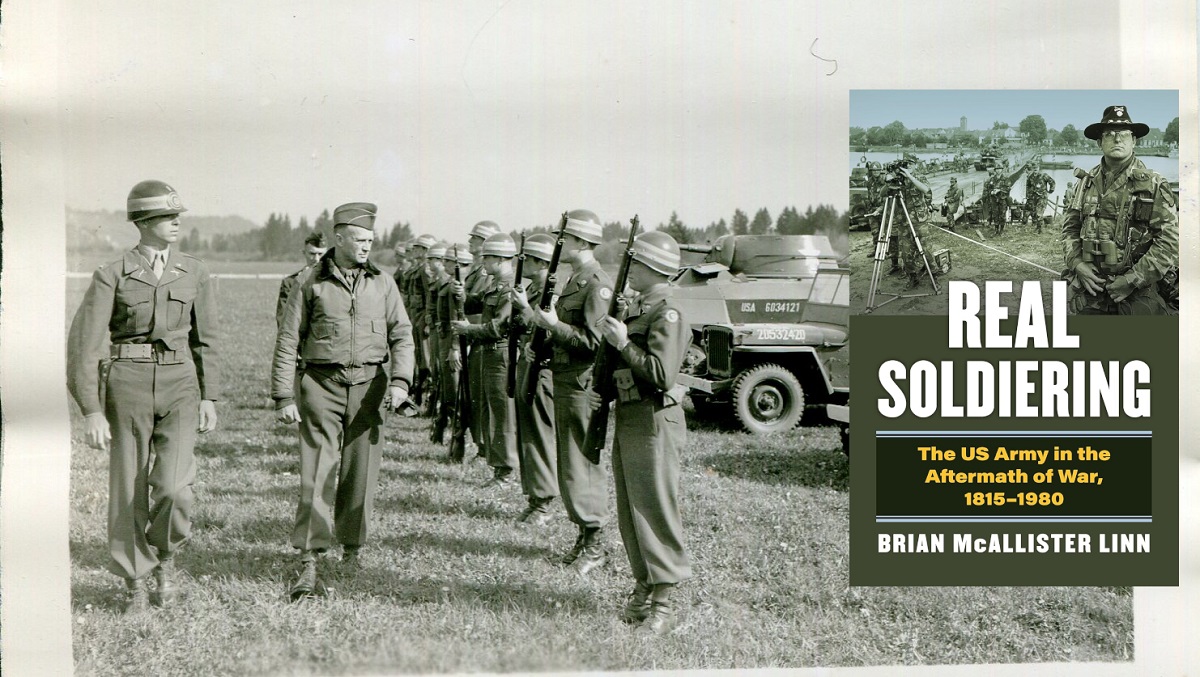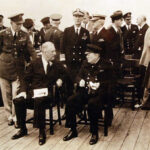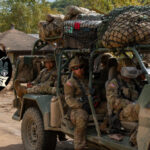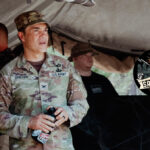
There are plenty of studies of armies at war or in pre-war periods as preparations were made for conflict, but the study of post-war armies, specifically the U.S. Army, is far less complete. Fortunately, we happen to know Brian Linn, a renowned scholar of the U.S. Army as an institution and the author of Real Soldiering: The US Army in the Aftermath of War, 1815–1980, and he’s in the studio to discuss his body of research. He joins Editor-in-Chief J.P. Clark for a comprehensive conversation on the Army’s behavior after multiple major conflicts in the 19th and 20th centuries. Brian shares his insights about the institution’s actions and mindset following successive periods of preparation and execution, always resulting in drawdowns and often leading to the unintended loss and degradation of readiness and warfighting capabilities.
It’s sort of like the Army works itself out of a job every time it wins a war.
Podcast: Download
Brian Linn is a Professor of History and the Ralph R. Thomas Professor in Liberal Arts, at Texas A&M University. He specializes in military history and war and society in the 20th century.
JP Clark is an associate professor of military strategy teaching in the Basic Strategic Art Program. He served in the army for twenty-six years as an armor officer and strategist. He holds a Ph.D. and M.A. in history from Duke University, an M.S.S. from the Army War College, and a B.S. in Russian and German from West Point. He is the author of Preparing for War: The Emergence of the Modern U.S. Army, 1815-1917 (Harvard, 2017). He is currently working on a history of U.S. military strategy in the Pacific from 1898 to 1941 that is under contract with the University Press of Kansas. He is the 3rd Editor-in-Chief of War Room.
The views expressed in this presentation are those of the speakers and do not necessarily reflect those of the U.S. Army War College, U.S. Army, or Department of Defense.
Photo Description: The Army established the Constabulary School at Sonthofen in a castle formerly used to train Nazi party officials. This photograph shows students undergoing an inspection by Constabulary officers.
Photo Credit: National Archives





Informative. Good message – invest in Leader education, if nothing else. And nice assessment of TRADOC looking good in histories that TRADOC writes!
I look forward to reading the book.